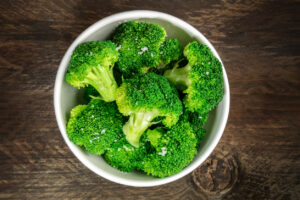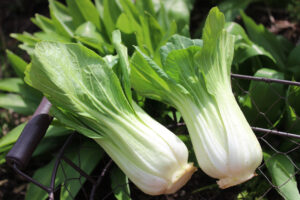How Long Do Bean Sprouts Last? | Sprout Storage Guide
How long do bean sprouts last? Whether you bought bean sprouts at the grocery store or grew your own, you have probably looked at the bean sprouts in your fridge and wondered if they are still safe to eat. In this guide, we'll explore the best practices for determining freshness, storing bean sprouts in the refrigerator and freezer, understanding their health benefits, and addressing potential risks. Also learn how to grow bean sprouts at home!
- How to Determine if Bean Sprouts Are Fresh
- How to Store Bean Sprouts in the Refrigerator
- How to Store Bean Sprouts in the Freezer
- What Is the Best Method for Keeping Bean Sprouts Fresh
- How Long Do Bean Sprouts Last in the Refrigerator
- How Long Do Bean Sprouts Last in the Freezer
- Health Benefits of Bean Sprouts
- Types of Bean Sprouts
- Where to Get Bean Sprouts
- How to Grow Your Own Bean Sprouts
- Can you eat the bean on a bean sprout?
- Risks of Eating Bean Sprouts
- Precautions When Eating Bean Sprouts
- More Articles About Food Storage and Freshness
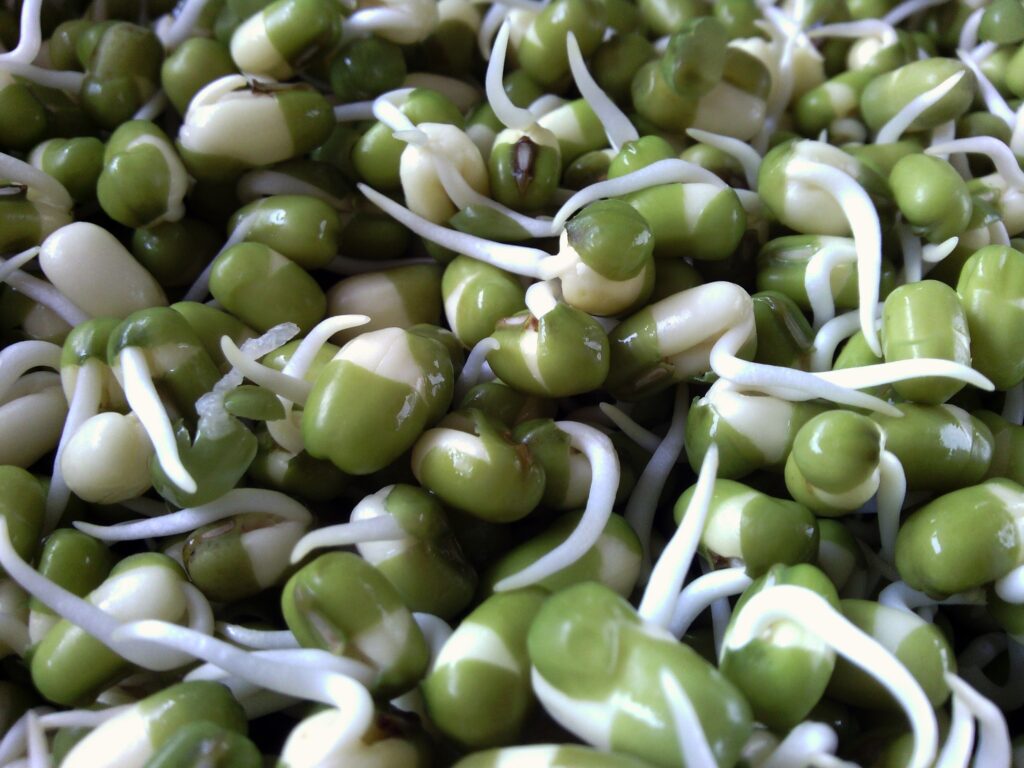
How to Determine if Bean Sprouts Are Fresh
The freshness of bean sprouts is key to both their taste and nutritional value. To ensure they are at their best:
- Visual Inspection:
- Fresh bean sprouts should be crisp, firm, and have a bright appearance. Avoid sprouts with any signs of wilting or browning.
- Aroma Check:
- Fresh bean sprouts have a clean and slightly sweet aroma. Any off or unpleasant smells could indicate spoilage.
- Texture Test:
- Gently squeeze a handful of bean sprouts. They should feel crisp and have a satisfying crunch.
How to Store Bean Sprouts in the Refrigerator
Proper storage is crucial to extending the shelf life of bean sprouts. Follow these steps for optimal freshness:
- Rinse and Drain:
- Before storing, give the bean sprouts a thorough rinse under cold water to remove any excess debris.
- Use Paper Towel:
- Place the bean sprouts on a paper towel to absorb excess water. Excess moisture can lead to bacterial growth and reduce freshness.
- Airtight Container:
- Transfer the sprouts to an airtight container lined with a paper towel. This helps maintain their crisp texture and prevents them from drying out.
- Refrigerate:
- Store the airtight container in the vegetable crisper drawer of your refrigerator. The cool temperature will slow down the sprouting process.
How to Store Bean Sprouts in the Freezer
While freezing bean sprouts is not common due to their high water content, it can be done with some precautions:
- Blanching:
- Quickly blanch the bean sprouts in hot water for a minute and then transfer them to an ice bath. This is the easiest way to preserve their texture and color.
- Dry Thoroughly:
- Ensure the blanched bean sprouts are thoroughly dried before freezing. Excess water can lead to freezer burn.
- Use Freezer Bags:
- Place the dried bean sprouts in freezer bags, removing as much air as possible to prevent freezer burn.
- Label and Date:
- Label the freezer bags with the date to keep track of their freshness. Use frozen bean sprouts within three months for the best quality.
What Is the Best Method for Keeping Bean Sprouts Fresh
The best way to keep bean sprouts fresh involves a combination of factors:
- Storage Conditions:
- Maintain a cool and consistent temperature in the refrigerator to slow down the sprouting process.
- Paper Towel Absorption:
- Use paper towels during storage to absorb excess moisture and maintain a crunchy texture.
- Regular Inspections:
- Periodically check stored bean sprouts for freshness, discarding any that show signs of spoilage.
How Long Do Bean Sprouts Last in the Refrigerator
Under proper storage conditions, fresh bean sprouts can last in the refrigerator for about 5 to 7 days. Regularly inspect them for any signs of wilting, off smells, or discoloration, and use them before they lose their freshness.
How Long Do Bean Sprouts Last in the Freezer
Frozen bean sprouts can maintain their quality for up to three months if properly blanched, dried, and stored in airtight freezer bags. Beyond this period, they may start to develop freezer burn and lose their texture.
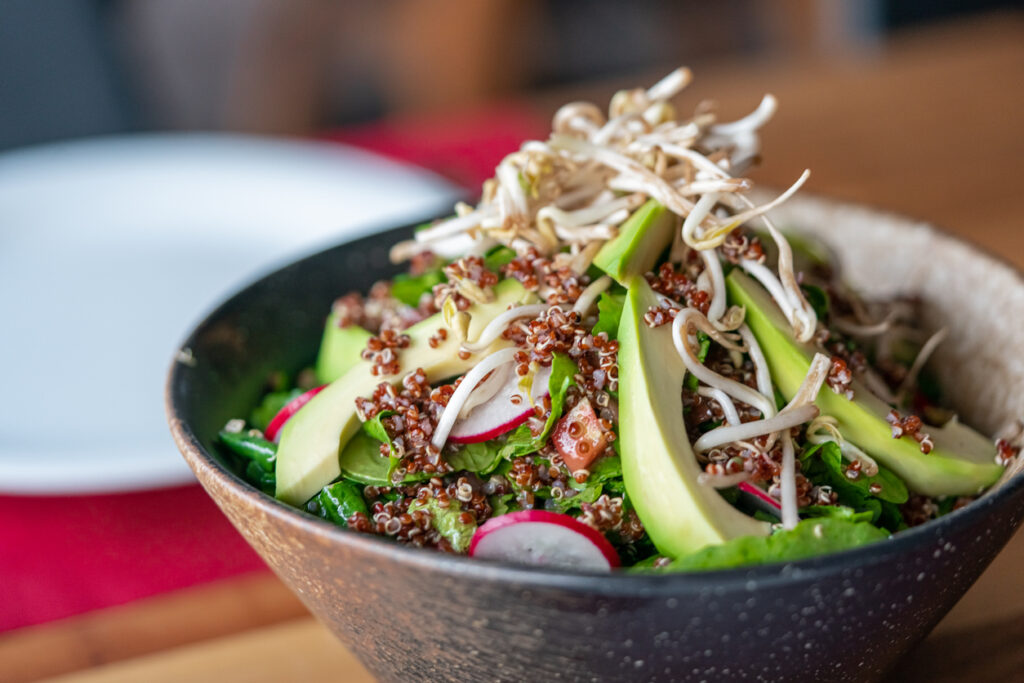
Health Benefits of Bean Sprouts
Bean sprouts offer a wealth of health benefits. Here's a deeper exploration of the nutritional advantages associated with consuming bean sprouts:
- Rich in Vitamin C:
- Bean sprouts are excellent sources of vitamin C, a powerful antioxidant that plays a crucial role in supporting the immune system. Vitamin C helps protect cells from damage, aids in wound healing, and enhances the body's ability to absorb iron.
- Dietary Fiber for Digestive Health:
- Bean sprouts provide a notable amount of dietary fiber. Fiber is essential for promoting digestive health by preventing constipation and supporting a healthy gut microbiome. A diet rich in fiber can also contribute to weight management.
- B Vitamins:
- Bean sprouts contain various B vitamins, including B1 (thiamine), B2 (riboflavin), B3 (niacin), B5 (pantothenic acid), and B6 (pyridoxine). These vitamins play essential roles in energy metabolism, nerve function, and the formation of red blood cells.
- Rich in Enzymes:
- Sprouting activates enzymes in the beans, which can enhance nutrient availability. Enzymes aid in the digestion and absorption of nutrients, contributing to overall metabolic efficiency.
- Protein Source:
- Bean sprouts are a source of plant-based protein, making them a valuable addition to vegetarian and vegan diets. Protein is crucial for muscle development, repair, and overall bodily functions.
- Minerals such as Iron and Zinc:
- Bean sprouts contain minerals like iron and zinc. Iron is vital for transporting oxygen in the blood, while zinc plays a role in immune function, wound healing, and DNA synthesis.
- Phytochemicals with Antioxidant Properties:
- Phytochemicals found in bean sprouts have antioxidant properties, helping to neutralize harmful free radicals in the body. Antioxidants play a role in reducing inflammation and protecting cells from oxidative stress.
- Amino Acids:
- As the sprouting process progresses, the amino acid profile of beans can improve. Amino acids are the building blocks of proteins, and having a diverse range of them is essential for various bodily functions.
Types of Bean Sprouts
There many types of sprouts that people commonly eat. Here are some common ones to try:
- Mung Bean Sprouts:
- Mung bean sprouts are among the most popular and widely consumed bean sprouts. They have a crunchy texture and mild, slightly sweet flavor, making them versatile for various dishes.
- Soybean Sprouts:
- Soybean sprouts, often used in Asian cuisine, have a nuttier flavor compared to mung bean sprouts. They are a good source of protein and are commonly found in dishes like stir-fries and soups.
- Alfalfa Sprouts:
- Alfalfa sprouts are delicate with a mild, fresh taste. They are commonly used in salads, sandwiches, and wraps to add a crisp texture and a hint of nuttiness.
- Broccoli Sprouts:
- Broccoli sprouts are known for their high concentration of sulforaphane, a compound with potential health benefits. They have a slightly peppery taste and are often used as a garnish or in salads.
- Radish Sprouts:
- Radish sprouts, also known as daikon sprouts, have a peppery and slightly spicy flavor. They add a zesty kick to salads, sandwiches, and Asian dishes.
- Lentil Sprouts:
- Lentil sprouts come from germinated lentils and offer a nutty and earthy flavor. They can be used in salads, wraps, and as a topping for various dishes.
- Chickpea Sprouts:
- Chickpea sprouts, derived from germinated chickpeas, have a mild and nutty taste. They can be used in salads, sandwiches, and as a topping for hummus.
- Sunflower Sprouts:
- Sunflower sprouts are derived from germinated sunflower seeds. They have a mild, nutty flavor and are often used in salads, smoothies, and as a garnish for various dishes.
- Adzuki Bean Sprouts:
- Adzuki bean sprouts come from germinated adzuki beans and have a slightly sweet taste. They are used in both sweet and savory dishes in Asian cuisine.
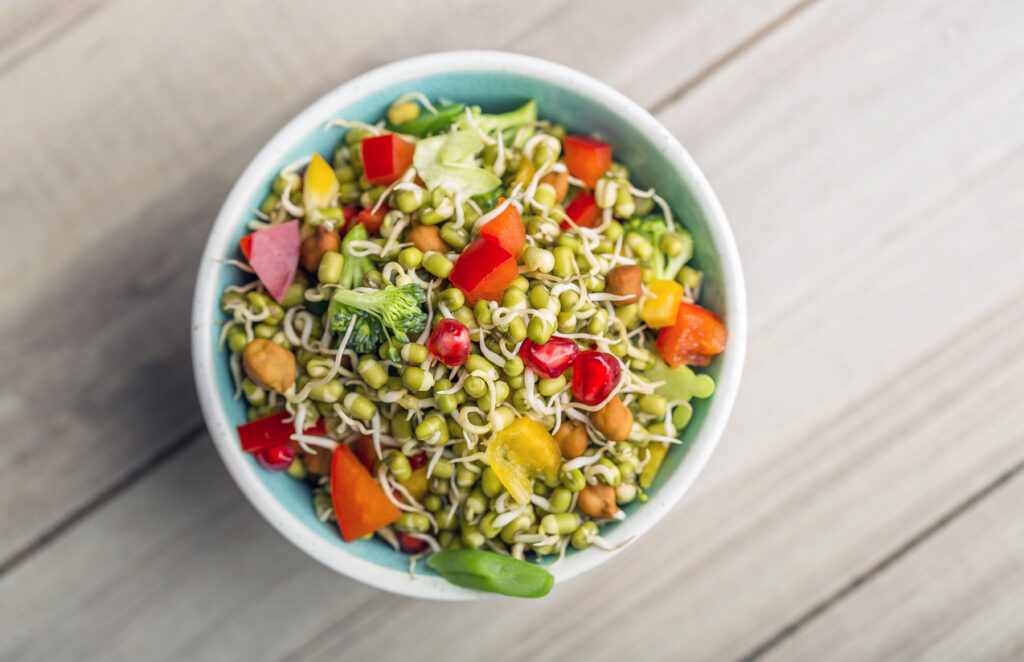
Where to Get Bean Sprouts
Bean sprouts are widely available in grocery stores, particularly in the produce section. You can also find them in Asian markets and health food stores. For those inclined to grow their own and avoid the cost of grocery store sprouts, seeds are available for purchase online.
How to Grow Your Own Bean Sprouts
Growing your own bean sprouts at home is a simple and rewarding process. You do not need special equipment and it is economical. Here's a step-by-step guide to help you get started:
Materials Needed:
- Bean sprout seeds (e.g., mung beans, soybeans, lentils, adzuki beans)
- A wide-mouthed glass jar, sprouting jars, mason jar, or a sprouting tray
- Cheesecloth or a sprouting lid
Procedure for Home Growers:
- Selecting Seeds:
- Choose the type of bean sprout seeds you'd like to grow. Popular choices include mung beans, soybeans, lentils, and adzuki beans. Make sure the seeds are intended for sprouting, as some seeds sold for planting may be treated with chemicals.
- Soaking Seeds:
- Measure about ¼ to ½ cup of seed, depending on the size of your container. Place the seeds in a bowl and cover them with fresh water. Allow them to soak for at least 8 hours or overnight. This initiates the germination process.
- Rinsing and Draining:
- After soaking, drain the water and thoroughly rinse the soaked seeds under cool running water. This helps remove any residue and encourages cleanliness during the sprouting process.
- Choosing a Container:
- Use a wide-mouthed glass jar or a dedicated sprouting tray. If using a jar, cover the opening with cheesecloth secured with a rubber band or use a sprouting lid designed for this purpose. This allows for proper aeration while preventing debris from entering.
- Initiating Sprouting:
- Transfer the rinsed seeds to the sprouting container. Spread them evenly to ensure they receive proper airflow. Place the container at an angle or upside down to allow excess water to drain.
- Rinsing Routine:
- Rinse the sprouts under cool running water 2-3 times a day. Hold the container at an angle to allow excess water to drain out. Ensure the sprouts are thoroughly rinsed each time.
- Air Circulation:
- Proper air circulation is crucial for preventing mold growth. Keep the sprouting container in a location with good ventilation. Place it in indirect sunlight.
- Sprouting Time:
- Depending on the type of beans and environmental conditions, sprouting can take anywhere from 2 to 7 days. You'll notice tiny sprouts emerging from the seeds. Continue rinsing until the sprouts reach the desired length.
- Harvesting:
- Once the sprouts are of the desired length (usually 1-3 inches), give the sprout crop a final rinse.
- Storage:
- Store the harvested bean sprouts in an airtight container lined with a paper towel. Keep them in the refrigerator to maintain freshness.
Tips:
- Always use clean and sanitized equipment to prevent contamination.
- Avoid letting the sprouts sit in stagnant water, as this can lead to mold growth.
Can you eat the bean on a bean sprout?
Yes, the beans or seeds from which bean sprouts grow are edible, but their texture and flavor may vary depending on the type of bean or seed. Here's some information about the beans in bean sprouts:
- Mung Bean Sprouts: The most common type of bean sprout, derived from mung beans, typically has a small, tender bean at its base. These beans are edible and have a mild flavor. They can be consumed along with the fresh mung bean sprouts in salads, stir-fries, or other dishes.
- Soybean Sprouts: Similar to mung bean sprouts, soybean sprouts also have edible beans at their base. These beans are a good source of protein and can be included in various recipes along with the sprouts.
- Lentil Sprouts: Lentil sprouts often have the lentil still attached at the base. These lentils are soft and edible, offering a slightly nutty flavor. They can be enjoyed along with the sprouts in salads, wraps, or as a garnish.
- Adzuki Bean Sprouts: Adzuki bean sprouts come from adzuki beans and may have small adzuki beans attached. These beans are edible and have a slightly sweet taste. They can be consumed along with the sprouts in both sweet and savory dishes.
In general, the beans at the base of bean sprouts are softer and milder in flavor compared to fully mature beans. Including them in your dishes adds an extra layer of texture and nutritional value. If you enjoy the taste and texture of these edible beans, feel free to incorporate them into your meals along with the sprouts.
Risks of Eating Bean Sprouts
While bean sprouts are a nutritious addition to meals, there are potential risks associated with their consumption:
- Bacterial Growth:
- Bean sprouts can be susceptible to bacterial growth, including E. coli and Salmonella. This risk is higher when sprouts are consumed raw.
- Vulnerable Groups:
- Pregnant women, young children, the elderly, and individuals with compromised immune systems should exercise caution when consuming raw sprouts.
Precautions When Eating Bean Sprouts
To minimize the risks associated with bean sprouts:
- Cooking Process:
- Cooking bean sprouts can help eliminate harmful bacteria. Consider incorporating them into stir fry or lightly cooking them before consumption.
- Avoid Raw Sprouts:
- If you're in a vulnerable group, it's advisable to avoid raw bean sprouts altogether or choose cooked options.
- Source from Credible Suppliers:
- Purchase bean sprouts from reputable sources to reduce the risk of contamination.
More Articles About Food Storage and Freshness
